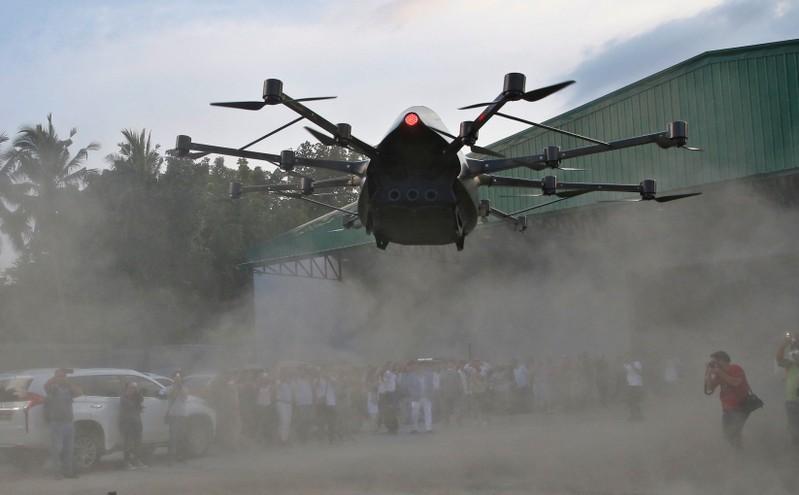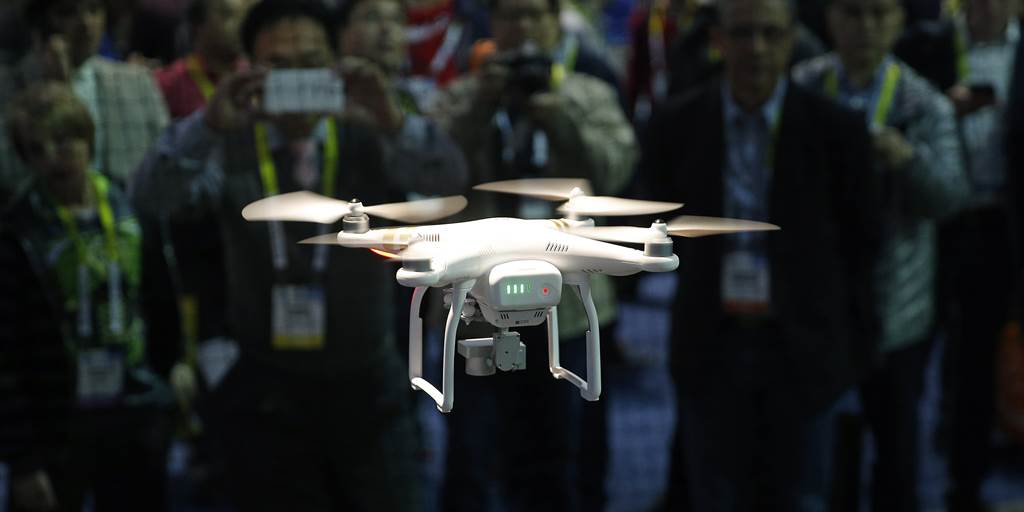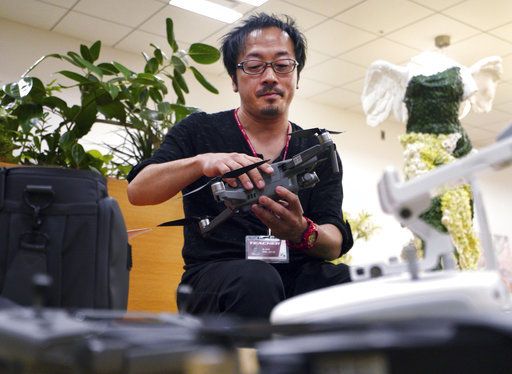You’d like to get into the drone sensation, but you don’t want to break the bank to do it. Don’t worry: there are plenty of options in the $100–300 range that include everything you need.
Before we continue: the term “drone” is a misnomer, since it technically describes something that can navigate on its own, not simply a remote control device. But then again, some of the more advanced models available—even a few on this list!—can indeed fly on their own, returning to their operator if a signal is lost, performing some pre-programmed tricks, or even avoid obstacles. So perhaps a persnickety terminology gripe is unwarranted, but we always want to ensure our readers are well informed and end up with a product that meets their expectations.
We’ve selected the best all-around drone for beginners, a cheap and durable one for kids, a drone that folds up for easy travel, one that’s ideal if you want to get into the exciting drone racing scene, and an upgrade model if you’re ready to spend a little more for advanced features.









